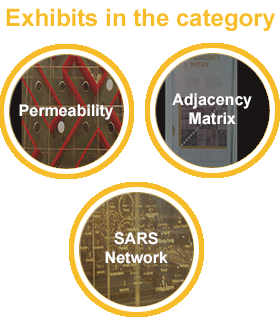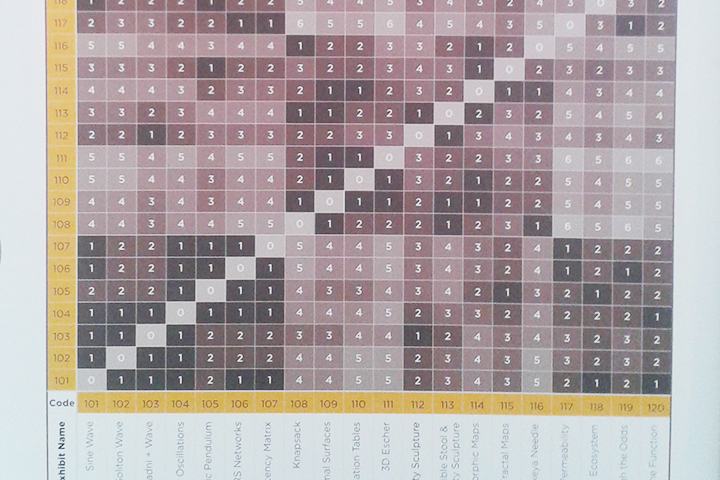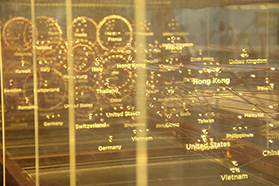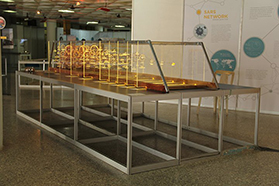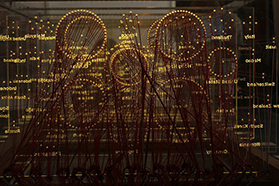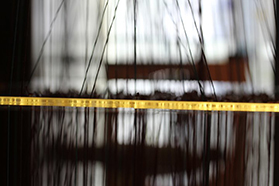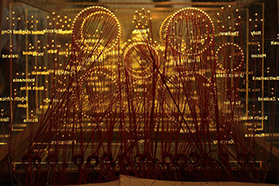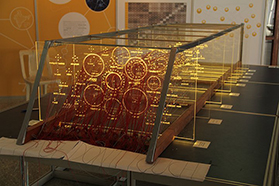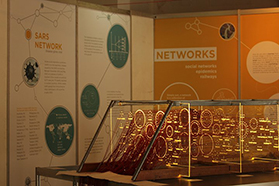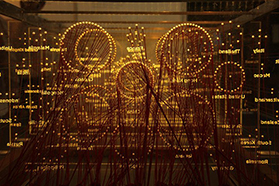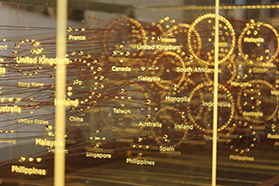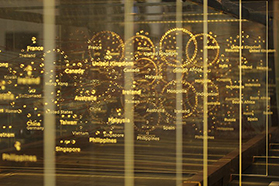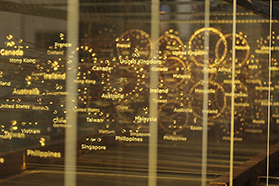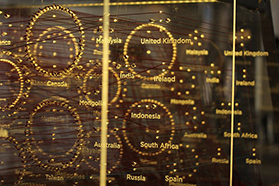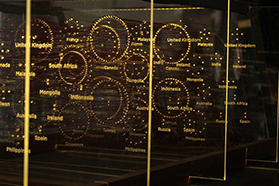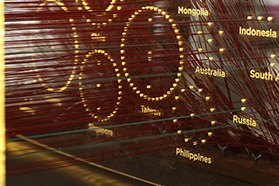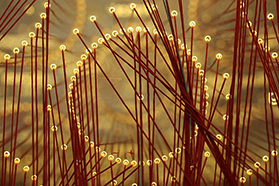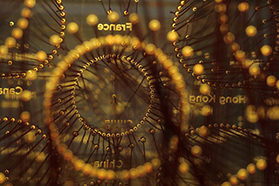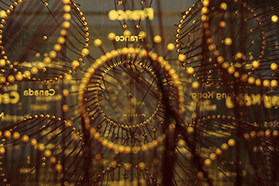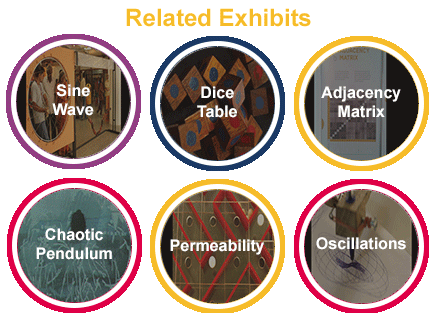
Simply put, a network is a collection of nodes such as places or computers or organs, joined by links called edges such as railways, the internet or neurons.
Let’s deconstruct the mathematics that shapes the world around us.
How do you plan a journey from a small village in Kerala to one in Arunachal Pradesh? How doesan email reach from the computer on which it is typed to the one on which it is read? How does yourhand recoil from a very hot pot? How does overfishing in a river affect coral reefs in an ocean? All these questions can fruitfully be analysed by understanding the network underlying these systems.The connection, pun intended, between these varied questions and networks may not be obvious at first glance, so let us look at it in detail. The above questions are naturally related to, respectively,railway network connects distant places together by railway lines and trains running on them; the internet network connects computers together and moves data over optical fibers and copper wiresto deliver emails and webpages; the neurons are connected in a dazzling network which carries signals back and forth between our organs and the brain, which it self is one of the most complex networks yet known; the ecosystems of which food webs are a part, are also a complex networkof interdependence between animals, plants, bacteria, and all living beings, and their interactionswith the environment in which they live.
Networks occur everywhere literally! Just like waves , networks are ubiquitous: a family tree is a vast network of humans, especiallyif you include both paternal and maternal links; the chemical reactions linking our genes and proteins inside our cells forms a network with different chemicals as nodes and the chemical reactionsforming the links; the mobile phones connecting so many of us together.
